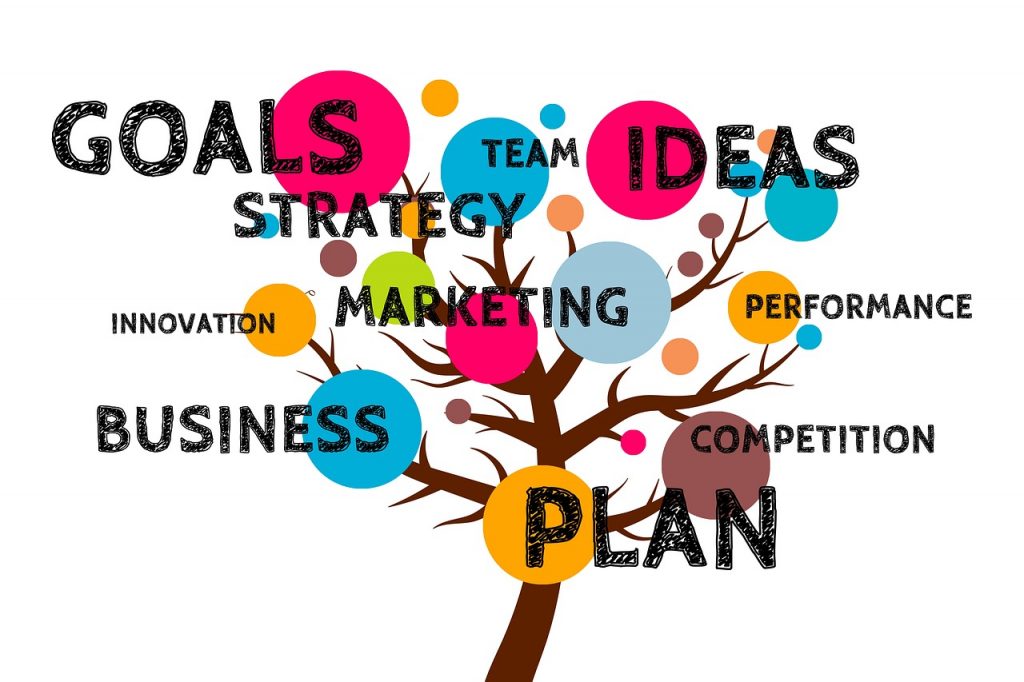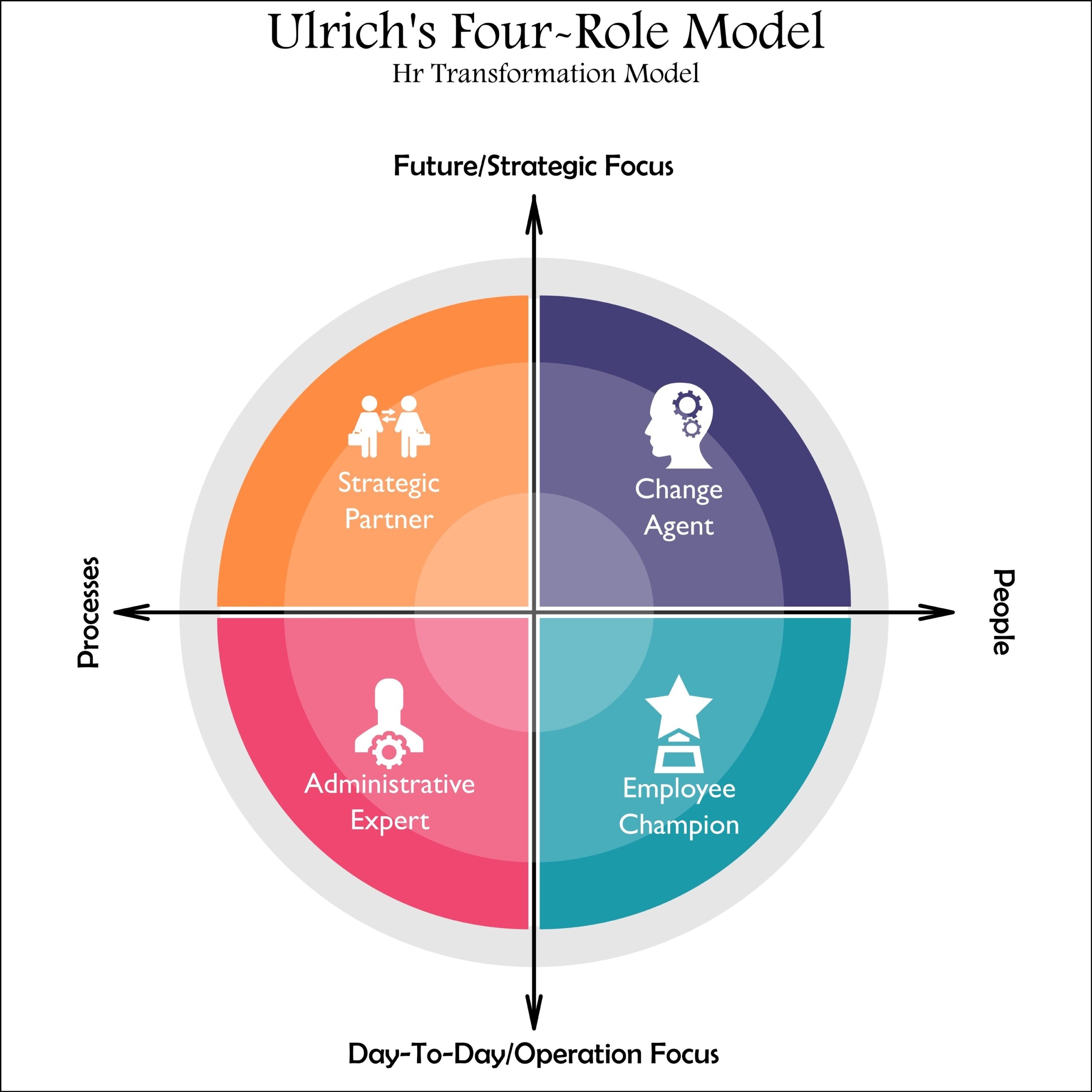
Discover new tactics that head-hunters are using to source talent: Never ever do something you can’t afford financially or emotionally.
Like giving away all your top tips on how to do your job… for FREE. People will just copy you and you’ll be out of business in no time!
So, shh – don’t tell anyone…
I am kidding, of course, fortunately/unfortunately, no one has found a silver bullet yet for recruitment and it is still a case of time = reward in many ways when it comes to Exec Search. There are some best practices to ensure you get it right.
A very quick recap for anyone that hasn’t Headhunted! Executive search is about being proactive – rather than passively waiting for people to come to you (e.g. via adverts or job boards.) These tips might help you to get it right… feedback appreciated as always.
The brief
Tactics that head-hunters are using: Work out the job brief – this is often the trickiest part and should be anything but brief. The aim is to fully understand what the hiring manager needs from the appointment, the must-haves and the areas for push back.
Culture – if you are internal you are likely to already understand the culture of the business – if you are external, I would suggest fully immersing yourself in their culture (retail is a good example where I would suggest visiting stores to get a picture of what it’s really like!)
The story – WHY is just as important as WHAT. You need to understand the bigger picture and where this role fits into things – this will become useful in our approach stage. Get this wrong and you won’t get the right people interested in the appointment.
Defining the role – a job description doesn’t give a full picture of what a job really entails, It might list tasks, but this just doesn’t cut it. Also, it won’t tell a great story.
The push back – the most important part of taking any job brief is the push back. This is a reality check on their expectations vs what is in the external market. This is why many searches fail – whoever has taken the upfront brief hasn’t said NO to unrealistic expectations. Ensure you have data, benchmarking, and a thorough understanding of the candidate landscape before any briefing meeting.
Where will we find the talent?
I will leave the basics of research to another time and focus on the more strategic side of things.
Personally, I believe that one of the biggest mistakes that can be made when hiring is wrongly assuming that the candidate with the exact experience for the role, is the right candidate for the role.
It is important to determine whether you are sourcing for experience, or whether you are taking a more holistic approach to sourcing for future talent – where it is important to place a lot of emphasis on hiring for attitude and potential.
Some top tips:
Keep an open mind on sector experience – For example, retailers have large multi-site workforces, as do restaurant businesses. Restaurant business might have chefs that work in their kitchens – so might pub groups or business services firms such as Compass group.
During your research ask the right questions – for example, if people aren’t interested: do they know anyone who might be interested? Ask who they rate in business and why? Who are the future stars? Who is the best boss they have worked for?
Sometimes you need to kiss a few frogs – in my opinion, if you are retained on an assignment you need to fill it. This sometimes means approaching more people than you might have ever thought necessary! Keep going when it gets tough.
The approach
There are a variety of options when it comes to approaching candidates – email/LinkedIn/telephone. The most important thing is you must be able to sell WHY someone should join your business and what is in it for them – I will repeat this bit as it is often forgotten. The candidate needs to know what they will get from the business, be it development, a great boss, flex working, career development or whatever, it is just as much about them as it is about you checking that they are right for your business.
People are emotional and everyone loves a good story, in fact, there are significant pieces of research that point to storytelling being one of the most sought-after skills required in business over the next five years.
In today’s business environment, where information is out there and candidates have greater choice than ever, it is vital to get this narrative correct, to ensure you build an emotional connection with candidates from the first contact during the research phase.
The follow-through
It’s important to work on building a relationship with the candidate and make them feel valued and wanted. After all, if they are in demand and have more offers on the table, they are going to be more inclined to lean towards the people that make them feel engaged.
Make sure the process isn’t too one-sided and transactional. Of course, any process needs to be robust, from my experience, I would suggest this isn’t the first time someone comes to meet you. This first meeting should be more informal, sense checking their experience but equally selling the opportunity to them.
Once they are fully committed, then you can assess away.
The offer
The offer is the most important part. You must remember that you are dealing with people. People are emotional and are all driven differently.
- It is important to make people feel wanted! Telling someone WHY you think they would be great in this role and WHY they were the preferred candidate is a great starting point…
- It is vitally important that you do a thorough search, to take your time to ensure that you hire the right person for the role. Once you have found that ‘right person’ it is important to move quickly, especially in talent short markets (where people might have multiple offers.)
- Money can be an important motivator to move but isn’t the only reason people accept a role. It is worth exploring fully someone’s total compensation and what is important to them.
-For example, home working and/or 3-4 days a week is more important to some people than a large bonus for example.
-Conversely, base salary might be more important to someone who is the main breadwinner – they might not be financially able to take a cut.
-Ensure you have a full understanding of full compensation including pension contributions, healthcare, LTIPs and paid bonus arrangements. Especially if your extended package doesn’t add up – you may well have to provide a cash equivalent.
If you would like to find out more about re:find and how we can support you and your business then please get in touch.
James Cumming is our MD, Interim and Transformation Search specialist. If you’ve got a hard-to-fill role and need some help, get in touch. Connect with him on LinkedIn.




